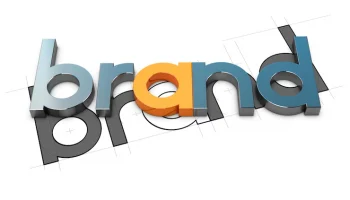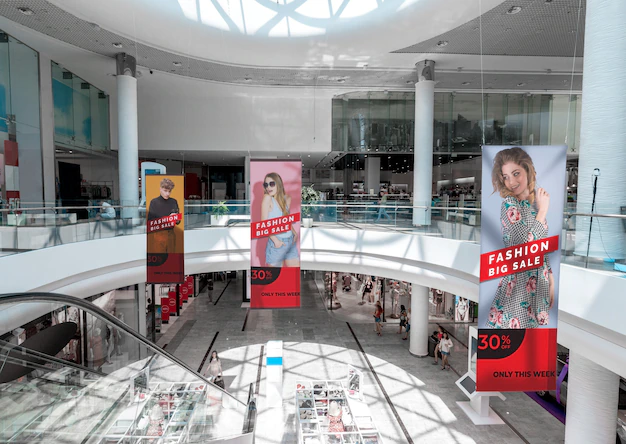Custom signage solutions are more than markers, identifiers, or advertising tools. They are your business’s silent salespeople, brand ambassadors, and navigators. In a world dominated by visuals, the right sign can make your space stand out in a crowded landscape.
This guide will walk you through the process of designing custom signage solutions. It reveals how thoughtful design and strategic placement can turn a simple sign into a powerful communication tool.
Buckle up as we embark on a journey of turning ordinary signs into extraordinary storytellers of your brand. Read on.
Concept Development
The first stage in designing custom signage solutions is developing a concept. This stage involves understanding the client’s requirements and objectives for the signage project.
It also includes evaluating the environment where the signage will be placed. It involves identifying any constraints or limitations, such as space or budget.
Concept development involves researching the target audience. It also involves understanding their needs, preferences, and behavior.
This information helps in creating a signage solution. It communicates with the audience and resonates with them.
Design
Once the concept is established, the next stage is designing the signage solution. This stage involves combining creativity and technical skills. The goal is to create a visually appealing and functional signage design.
Designers use various tools and techniques to bring the concept to life, such as:
- graphic design software
- color theory
- typography
- layout principles
In creating a custom sign, it is essential to consider factors such as:
- visibility
- readability
- branding
The design should be eye-catching while still being easy to read and understand. It should also align with the client’s brand image. It should maintain consistency and reinforce its message.
Production
After the design is finalized, the next stage is production. This stage involves turning the design into a tangible product.
The production process may vary depending on the type of signage solution. It generally includes:
- printing
- cutting
- assembly
If you want to make your own custom ADA sign (Americans with Disabilities Act), you must follow specific guidelines and regulations. This ensures accessibility for individuals with disabilities. This may include using the following:
- tactile elements
- contrasting colors
- proper placement of signage
Installation
The final stage in designing custom signage solutions is installation. This stage involves placing the signage in its designated location.
The installation process may differ based on the type of signage and its placement. Generally, it involves techniques such as:
- drilling
- mounting
- affixing
Proper installation is crucial in ensuring the longevity and effectiveness of the signage solution. It also requires careful attention to detail to ensure that the signage is securely and correctly placed.
Understand The Process Of Designing Custom Signage Solutions With This Guide
The process of designing custom signage solutions is a multi-faceted and collaborative effort. It requires understanding the client’s needs and creating an impactful design.
These signages play an important role in creating an informative experience for individuals. They are used in corporate offices and public spaces.
It is important to work with experienced professionals who can provide high-quality custom signage solutions. They should effectively convey your message and meet your specific needs.
If you found this guide helpful and want to explore more, browse our blog today.
Read Also:




























